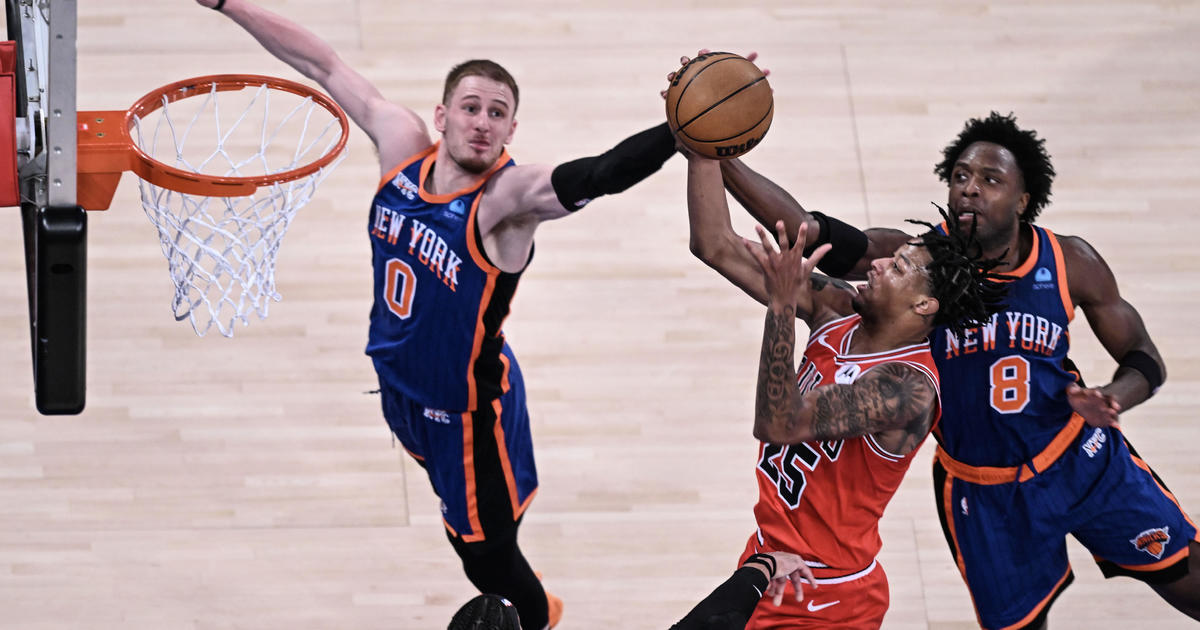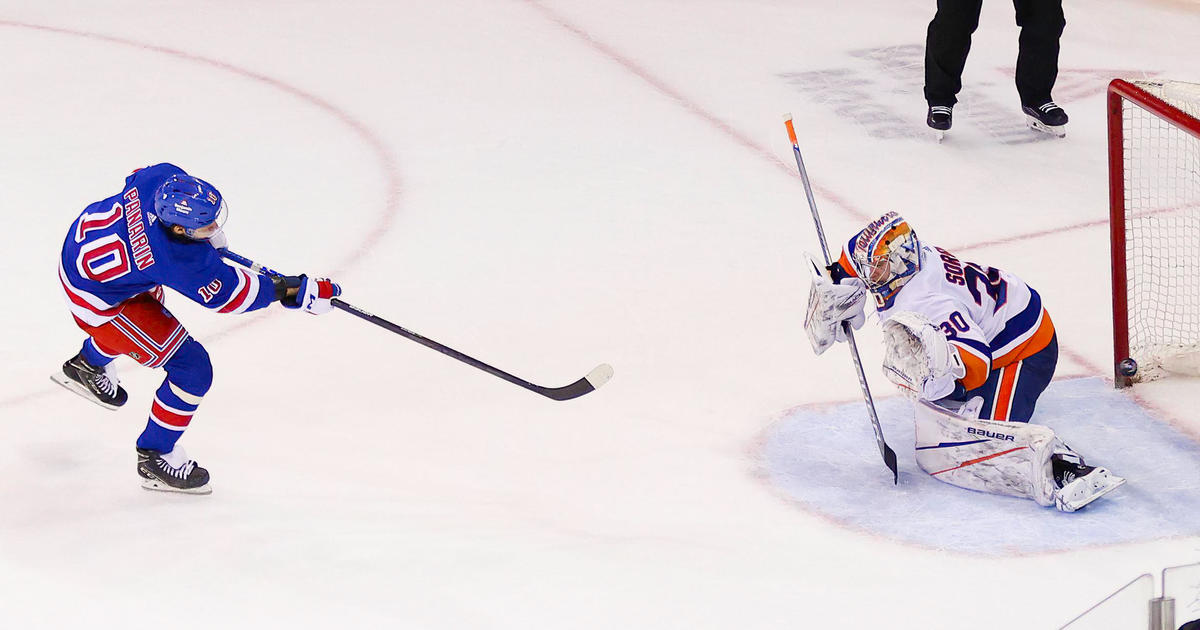Starman: NHL Experiments With New Rules
By Dave Starman
>>More Columns
The NHL will hold a second annual research and development camp near Toronto next week. Dan Bylsma and Dave Tippett will coach separate teams comprised 2012 draft eligible players that will be watched by NHL brass and the media.
The idea is to try and experiment with the game, try new rules, and see what can be improved. More importantly, it gives them a chance to see what they need to leave alone after trying to improve on things that work. It is a great idea that has in the past played itself out in NCAA, USA Hockey, and American Hockey league games.
Before starting with what is on the table, one rule that was experimented with last fall in the NCAA was not allowing the shorthanded team to ice the puck legally. Much like even strength, you'd have to gain the red line before dumping it across the opposing goal line.
The rule didn't get much support from those who work in the industry and I'd include myself among those who opposed it. Then after watching it tried in the NCAA in exhibition games you came to the realization that once teams got used to it, it actually made the games better. Average teams that are short on players with hands or good skaters could struggle here.
One team last year that looked as comfortable with this 4v5 situation as they were 5v5 was the University of Michigan. The first time they were shorthanded they looked confused. The next time they were short, players like Rangers' prospect Carl Hagelin played it like a 5v5 and when he gained possession he took off or looked to make an outlet pass. As the game went on they actually skated 4v5 like they were at even strength just a little more cautiously. It proved that the concept can work and improve the game.
The first rule experiment for this summer at the Research and Development camp is equipping referees on ice with headsets so that they can talk to each other in the flow of the game. The pro of this is that one ref might actually be able to communicate a "no penalty" opinion to the other ref who might think he saw an infraction. We all know that at times a call is made by one ref and the other ref and TV audience know he blew the call because of the vantage point they saw they play from. The negative is that young refs might be too intimidated not to talk with or give strong opinions to veteran refs. The other issue is it could be a sensory overload to some who would have to process info while needing to see the play and make a split second decision. It is similar to driving and talking on the phone. No doubt it is a creative and progressive idea which should be tried.
Not allowing a line change after an offside is also being tried. Similar to the icing rule, if you are guilty of being offside intentionally or unintentionally you can't change. Not an awful idea but it gives the impression that you are trying to create a mistake free game by the team in possession of the puck. Even Olympic teams go off side and that's the best hockey there is.
Next up is allowing line changes only on the fly. No changes on the whistle. Basically this eliminates home coach advantage for matching lines and let's face it, a lot of coaches win a lot of games by winning line matchup battles (Bowman, Keenan). This takes strategy out of the game much like the American League does in baseball with the DH eliminating the double switch. Not many folks are in favor of this at all. The addendum to this is you can change personnel in a stop time after goals or after a penalty is called.
This one is interesting. In the continuing effort to stamp out delays caused by encroaching centers and wingers, misbehaving centers will have to move back a foot, while another variation will allow the other team to pick the next man to take the draw. Faceoffs will be restricted to the five circles, erasing the neutral zone dots. One linesman will be designated for almost all faceoffs to create consistency.
Let's take this piecemeal. Having the center have to move back a foot could discourage visiting centers from trying to cheat on D zone draws. Allowing the opposition to pick the opposing center to replace one thrown out is ridiculous. Never should one team be allowed to dictate personnel of the other. If a pitcher beans another player can the team that was thrown at pick the next pitcher they'll face?
Faceoffs in only five circles is ok but does eliminate some unique face off plays by clever teams and coaches in those draws outside the lines, especially when you have a man advantage draw outside the offensive blueline. I would say I am not in favor but I'd like to see a body of work here to make a more educated choice. One linesman dropping all pucks to create consistency takes out one unique element of faceoffs and that is having to read the puck dropper du jour for his tendencies and movements prior to puck drop. It is a little thing that good centers master and makes them that much better. Why punish those who can out think and then out execute an opponent?
Hand passes will get a closer look, especially the possibility of allowing a hand pass in every zone to be legal. You cannot close your hand on the puck or skate with it like team handball but you can swat it anywhere you want it. Check back with me when soccer lets you do this. This is a skill killer rule.
The trapezoid being removed and putting the red line back in is also being looked at. As far as the trapezoid, I think that unless every league from Junior up uses it there is no place for it and not everyone does. It is a decent rule that has or hasn't affected anything depending on who you talk to. I think we could lose the trapezoid and live with it.
As far as putting the red line in, the thought was that more players will get puck touches in the neutral zone. This is not meant to be insulting but the game might be better with certain players not touching the game in the neutral zone. My feeling is with the red line out and the stretch breakout being utilized more has really opened up the game and given defensemen and goalies who can handle the puck and pass well more of a chance to be dangerous offensively. I'd be in favor of keeping the red line out but once again with the skill level rising every year I'd rather see this in effect a while before it becomes a final yes.
Lastly there is a Brian Burke suggestion. The Toronto Maple Leafs President/GM has proposed the bear hug rule. This is a safety based initiative that allows a player to literally lasso an opponent as he rides them to the boards in an effort to lessen the impact of a big hit along the wall. It could curb the checking from behind situation. This rule has been discussed at length in the NCAA with some veteran coaches saying this was the way they used to do it or see it in the NHL in the 1970's. Should you bear hug someone to the wall you would not get a penalty for holding but you can't keep the lovin' going on longer then the impact to the wall. USA Hockey also supports this in its introduction to checking and body contact.
I'd be in favor of seeing how this works out and would give it a try. Anything that can help the concussion or spinal cord injury epidemic in hockey is a good idea worth trying.
That is the latest from the NHL as training camps set to open in September.



